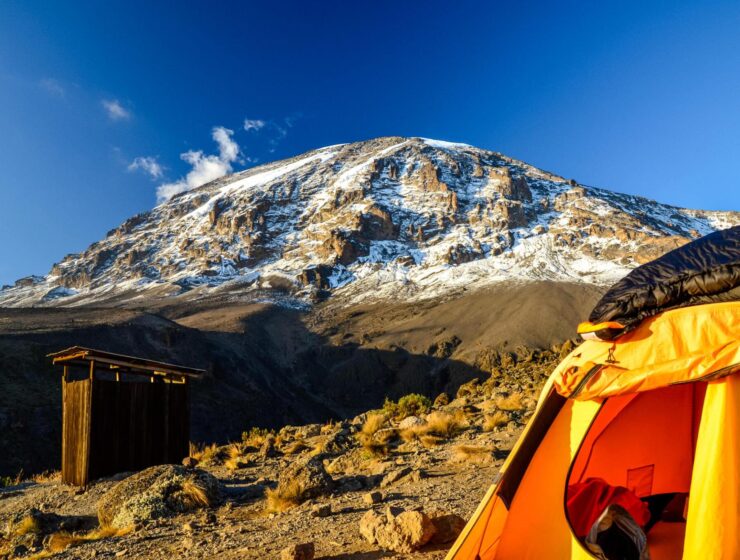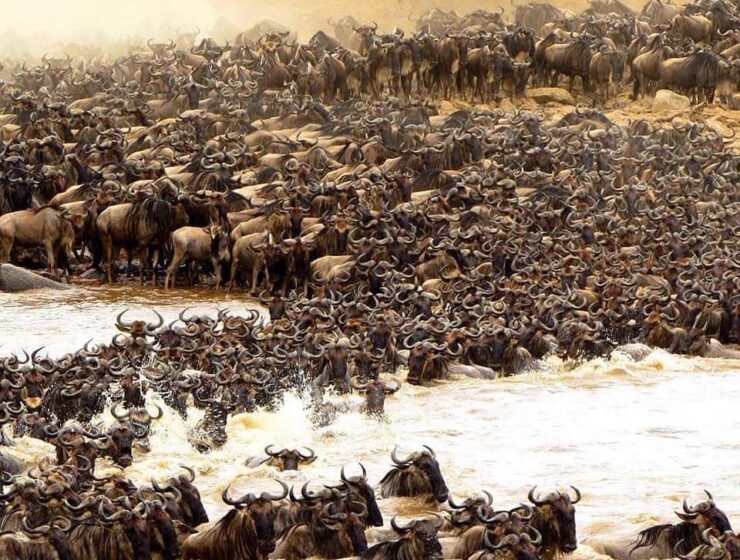Introduction
Mount Kilimanjaro stands as a majestic testament to nature’s grandeur, captivating climbers and adventurers alike. Understanding Kilimanjaro weather is paramount for a successful ascent. Let’s unravel the mysteries of the four distinct climatic zones awaiting you on this unparalleled expedition.
Kilimanjaro Weather Overview
Rain Forest Zone
The verdant realm of Kilimanjaro, the rainforest zone, blankets the lower slopes. Lush greenery and a tropical climate welcome trekkers. Navigate through dense vegetation, encountering unique flora and fauna in this enchanting haven.
Low Alpine Zone
As we ascend, the low alpine zone unfolds. Moderate temperatures and striking landscapes characterize this region. Explore the transition as the scenery transforms, paving the way for a remarkable journey.
High Alpine Zone
Venturing higher brings us to the high alpine zone. Oxygen levels decrease, and temperatures become more extreme. Adaptation is crucial as you traverse this challenging terrain, rewarded with breathtaking vistas that stretch to the horizon.
Glacial Zone
The pinnacle of Kilimanjaro reveals the glacial zone. An icy wonderland, this zone demands resilience. Witness the striking glaciers, remnants of Kilimanjaro’s glacial past, creating an otherworldly ambiance.
The Kaleidoscope of Kilimanjaro Weather
Embracing the Elements
In the rainforest, immerse yourself in the vibrant ecosystem, where diverse plant and animal life thrive. Hear the symphony of nature, a prelude to the remarkable journey ahead.
Adapting to Altitude
Transitioning through the alpine zones necessitates acclimatization. Understand the physiological changes your body undergoes as you ascend, ensuring a safe and enjoyable experience.
Glacial Majesty
Behold the glacial zone’s ethereal beauty, an Arctic spectacle atop Africa. Delve into the significance of these icy remnants and the environmental factors influencing their existence.
Frequently Asked Questions
What gear is essential for Kilimanjaro’s diverse climates?
Pack strategically! For the rainforest, lightweight, moisture-wicking clothing is key. In alpine zones, thermal layers combat colder temperatures. Glacial areas demand insulated, waterproof gear.
How does altitude impact the climb?
Altitude affects oxygen levels, leading to potential altitude sickness. Acclimatization breaks and a gradual ascent mitigate risks, ensuring a safe and successful journey.
Are guided tours recommended for Kilimanjaro?
Absolutely! Experienced guides provide valuable insights, enhance safety, and contribute to a more enriching adventure.
Can Kilimanjaro’s glaciers be explored?
While direct exploration is limited due to environmental concerns, guided treks offer panoramic views of these majestic ice formations.
Is Kilimanjaro accessible year-round?
The dry seasons of January to March and June to October are optimal. However, some adventurers relish the challenge of wetter months.
What’s the significance of Kilimanjaro’s glaciers?
Beyond their visual appeal, the glaciers serve as indicators of climate change. Understanding their retreat is crucial for global environmental awareness.
Conclusion
Embarking on a Kilimanjaro expedition unveils a world of climatic wonders. Each zone tells a unique tale, and understanding Kilimanjaro weather is the key to conquering its majestic heights. Whether you seek adventure or ecological insight, Kilimanjaro offers a journey like no other.






